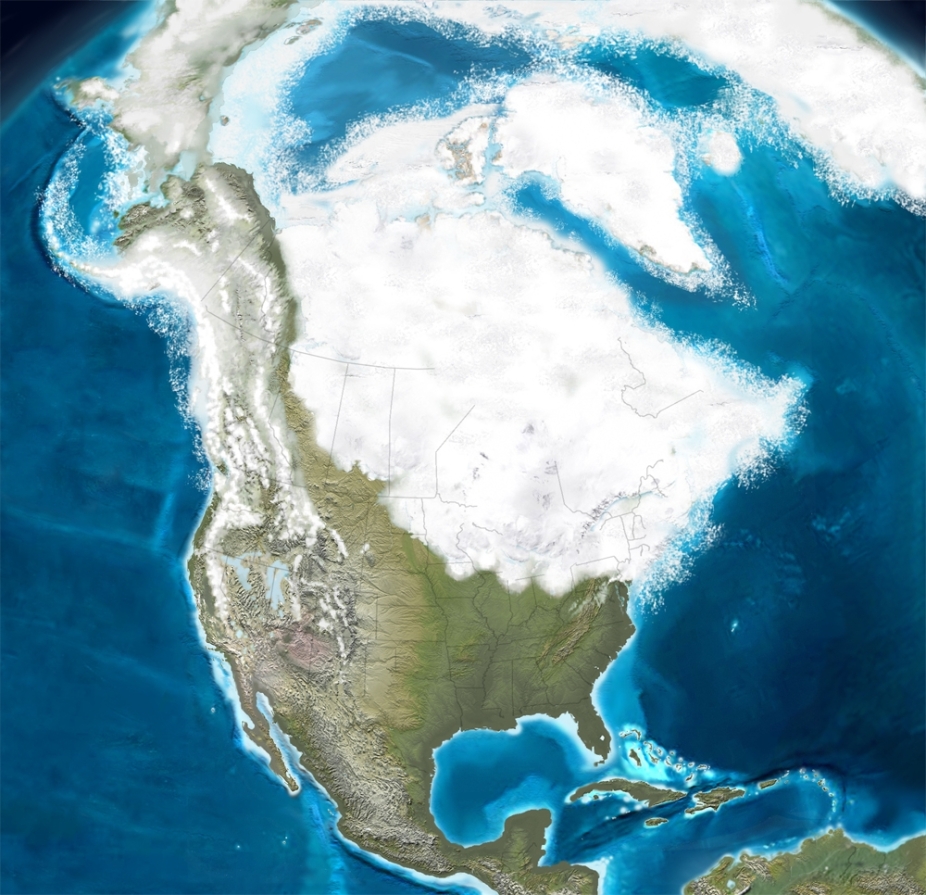Paleo & Polar Climate Section

Who We Are
We are scientists who study climate related to paleo and polar conditions. This includes investigations of sea ice variations, ice sheet processes, and climate conditions in the distant past, among others.
Our Mission
The mission of the Paleo and Polar Climate (PPC) section is to enhance understanding of the workings of the climate system through investigations of past climates and the role of polar regions in climate variability and change.
Research Highlights
Predictability of Polar Environmental Conditions: We are investigating the predictability of polar environmental conditions across timescales from seasons to decades. This includes work to understand the initial value predictability of sea ice at regional scales and how this can impart predictability to the marine ecosystem through influences on light availability and nutrient cycling. It also includes work to quantify when an anthropogenic signal emerges from internal climate variability for numerous aspects of the changing Arctic and Antarctic environments.
Simulation of Mountain Glacier Mass Balance and Dynamics: We have implemented a new framework for simulating the dynamic evolution of mountain glaciers in the Community Ice Sheet Model (CISM). We are presently simulating the glaciers of the Alps and High Mountain Asia to study their past state and future evolution, under the protocols established by the third phase of the GlacierMIP project (GlacierMIP3). This is the first use of a 3D, higher-order ice flow model to conduct regional-scale glacier mass balance and dynamics assessments at sub-km (~100–200 m) scales.
Inform Climate Sensitivity of CESM through Simulation of Past Climates: We are performing CESM simulations of the past greenhouse and icehouse climates and comparing the modeled temperatures against the geological data to assess how well they respond to variations in greenhouse gases. This assessment can be used to inform the physical parameterizations and improve CESM. The uniqueness of this paleo-approach is the real-world, out-of-sample data on the climate forcing and response that the Earth’s past climate can provide.
Variable Resolution Simulations with Isotopes: Water isotopes are a powerful tool for studying hydroclimate variability and change and a sensitive tracer for evaluating the skill of water cycling in CESM. We are performing variable-resolution CESM simulations with water isotope tracers to provide a cost-effective approach for resolving fine-scale hydroclimate processes in key regions with complex terrain, understanding the associated large-scale mechanisms from remote regions, and reconstructing regional climate impacts in the past by comparing simulation output with isotopic proxy data.